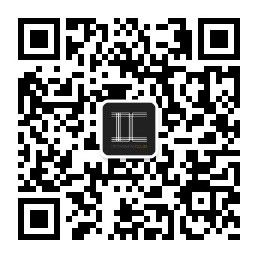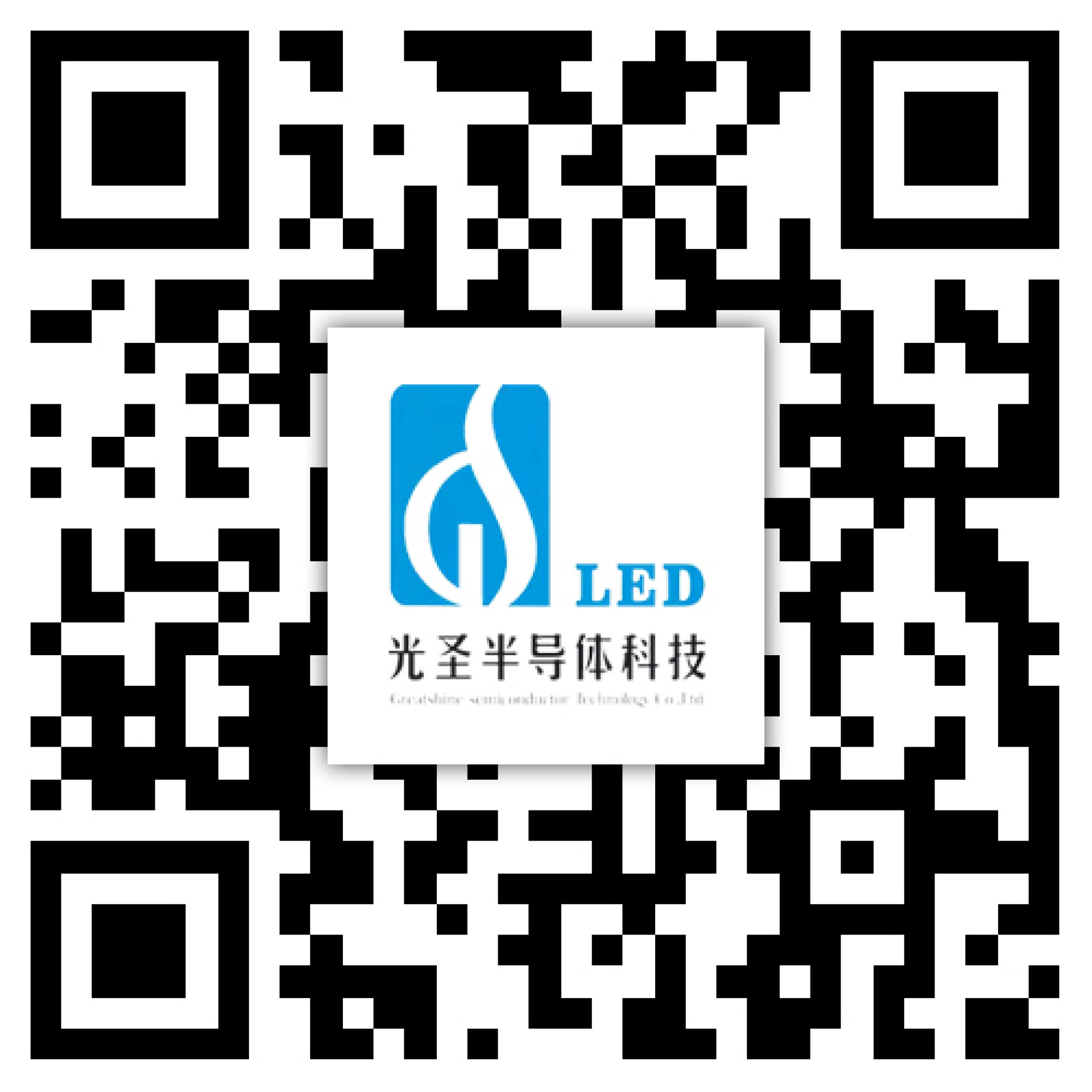Pay attention to every industry trend, pay attention to Guangsheng Semiconductor
UV LED sterilization
Release time:
2021-09-26 09:42
The epidemic continued to spread without slowing down. The supply of masks or various epidemic prevention supplies that help disinfect and sterilize still fell short of demand. Other ultraviolet (UV) led related products, including sterilization sticks and disinfection lights, also increased greatly. However, the application of UV LED that can effectively sterilize needs certain conditions. Dr. weizhihong, chairman and general manager of crystal optoelectronics, pointed out that the key lies in the correct wavelength and dose.
Myth 1: can all UV LED products be sterilized?
UV LED UV products need to be warmed up under the spreading epidemic, but some people mistakenly think that as long as UV products have disinfection and sterilization effects, and even take the example of using nail uv lamp to disinfect masks. In fact, the UV wavelength of the product can not be disinfected and sterilized at all. Because different UV wavelengths have different effects, in order to effectively sterilize, we must first select the correct UV wavelength, which starts with the classification of UV radiation.
According to the classification description of iso-dis-21348, the UV wavelength range is below 400 nm, which can be mainly divided into long wavelength ultraviolet UVA, medium wavelength UVB and short wavelength UVC. UVA wavelength ranges from 315 nm to 400 nm, and is mainly used in UV curing, ink printing, PCB exposure, nail enhancement, banknote recognition and other industrial and consumer fields; The wavelength of UVB is between 280 nm and 315 nm, which is mostly used in ultraviolet phototherapy and medical care.
As for the ultraviolet light that actually has the effect of disinfection and sterilization, it is UVC, with the wave band of 200 nm to 280 nm. It is the ultraviolet light with the shortest wavelength and the strongest energy. After a short time of irradiation, it can destroy the DNA or RNA structure in the cells of bacteria, viruses, molds, spores and other microorganisms, making the cells unable to reproduce and die, so as to achieve the effect of disinfection and sterilization. Therefore, it is widely used in surfaces, water Air purification and sterilization.
In the past, UV mercury lamps were mostly used for sterilization technology, but they were large in size, high in energy consumption and easy to cause pollution. Later, UV LEDs were gradually replaced under the technological evolution. They are not only small in size and high in efficiency, but also more flexible and diverse in product design. They also have low energy consumption, long service life, no chemical residues, and are safer and more environmentally friendly.
Myth 2: can UVC LED products kill bacteria 100% every second?
Although the UVC LED that conforms to the wavelength can play a role in disinfection, sterilization and purification of the surface, air and water, the key to achieve rapid sterilization is whether the "dose" is sufficient.
Weizhihong said, "dose (mj/cm 2) = UVC radiation intensity (mw/cm 2) x time (SEC)". The higher the radiation intensity, the shorter the sterilization time will be. Therefore, in order to achieve the second kill degree, the UVC LED light intensity must be increased. The UV lethal dose for different bacteria or viruses and other micro organisms is also different. He mentioned examples of SARS virus in the past, with a light intensity of 90 μ W/cm 2 (equivalent to 0.09 mw/cm 2) irradiation for 30 minutes or 1800 seconds can successfully eliminate the virus; If the time is reduced to 1.8 seconds, the intensity must be increased to 90000 to reach the same dose μ W/cm 2 (i.e. 90 mw/cm 2).
Although some research data indicate that UVC LED can reduce the survival rate of novel coronavirus to some extent, the test conditions and dose are not transparent, and it still needs to be confirmed by further research. It is certain that UVC LED products are effective for general disinfection and sterilization, such as sterilization sticks and sterilization boxes for surface sterilization; Air purifiers, mobile or stationary water sterilization, etc. only the light intensity, required irradiation time and sterilization efficacy of different products depend on their respective designs.
In addition to the focus on dose, it is also necessary to match the optical design without dead angle irradiation to improve the bactericidal efficacy. Taking the mobile water sterilization module developed by weizhihong as an example, it shows that the module adopts a single 20 MW UVC LED chip, the water flow is 3 liters per minute, and the sterilization rate can reach 99.99%. The key lies in the optical design of the module. The optical design without dead angle can evenly irradiate all the water flowing in, so as to achieve nearly 100% sterilization effect. Moreover, the UV LED light intensity does not have to be too high to avoid overheating. That is to say, even if the power of UV LED is high, if the optical design has defects and dead corners, all the water flowing in cannot be exposed to light, and the bactericidal power will be reduced, which shows its importance.
The demand for sterilization and disinfection has increased greatly, and the application of UVC LED has taken off
In response to the rapid changes in the LED market, many manufacturers began to develop towards the "blue ocean" Application in the niche market several years ago. UV LED is one of them. Led factories including Jingdian, Longda, Guangxin, Yanjing, Yiguang, etc. have already been put into the development of UVC LED market. In addition, TPCC and Nikkiso also jointly established nkfg to jointly develop the UV LED business.
However, a few years ago, the market generally did not have a good understanding of UV LED technology and application. In addition, the price was high, and there was no significant growth. Until recent years, the technology development became more mature, the chip price also decreased, and many applications were gradually launched and mass production began. Especially recently, affected by Wuhan pneumonia, the market demand for UVC LED has increased rapidly. With all conditions in place, the future development is also promising.
As there are more and more UV LED related products on the market, consumers should not only clearly distinguish the uses of different UV LED products, and choose UVC LED products with truly bactericidal efficacy in wavelength and dose, but also carefully use them to avoid looking directly at or irradiating the skin and directly contacting the human body. Under correct use, they should be used as a powerful tool for epidemic prevention in daily life.
Related News
undefined












